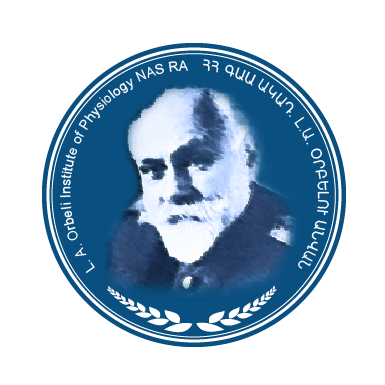- Home
- About us
- Laboratories
- Central Nervous System Physiology
- Central Nervous System functions compensation Physiology
- Immunology and Tissue Engineering
- Smooth Muscle Physiology
- Toxinology and Molecular Systematics
- Sensorimotor Integration
- Laboratory of Histochemistry and Morphology
- Human Psychophysiology
- Integrative Biology
- Purification, Certification and Standardization of Physiologically active substances
- Neuroendocrine Relationships
- Distance Լearning Center
- Laboratory of Hyperspectral Imaging of Surgical Targets
- Biophysics Lab
- News & Events
- Master's Program
- Research
- Councils
- Contact Us
- OIPH Docs
L. A. Orbeli Institute of
Physiology NAS RA
Oxford-style DEBATES
What is a Crosstalk?Crosstalk is a set of short editorial articles debating controversial topics in physiology. There will be two controverisal topics for each time, which will be disputed by two groups of participants. By hearing explicit accounts of contradictory viewpoints, the audience gains a better understanding of the source of a controversy. It is an opportunity to engage audience in the discussion and contribute their thoughts to advance the debate. What are the RULES?Preparation:
Debate process1st speaker from TEAM 1 - 10 minutes
1st speaker from TEAM 2 (OPPOSITE) - 10 minutes
2st speaker from TEAM 1 - 5 minutes
2st speaker from TEAM 2 (OPPOSITE)- 5 minutes
3st speaker from TEAM 1 - 3 minutes
3st speaker from TEAM 2 (OPPOSITE) - 3 minutes
Opinions from the audience which should be clear and concrete formulated and with time limit. Final vote of the audience on the position statement. Teams will be judged on understanding of topic, quality of evidence, and persuasiveness. How to participate?If you want to particpate for upcoming debate, please have a look at articles presented in the left side of the page, choose one of the topics you would like to debate and fill the Participation form. |



